Barley Yellow Dwarf Virus: Treating Yellow Dwarf Virus Of Barley Plants
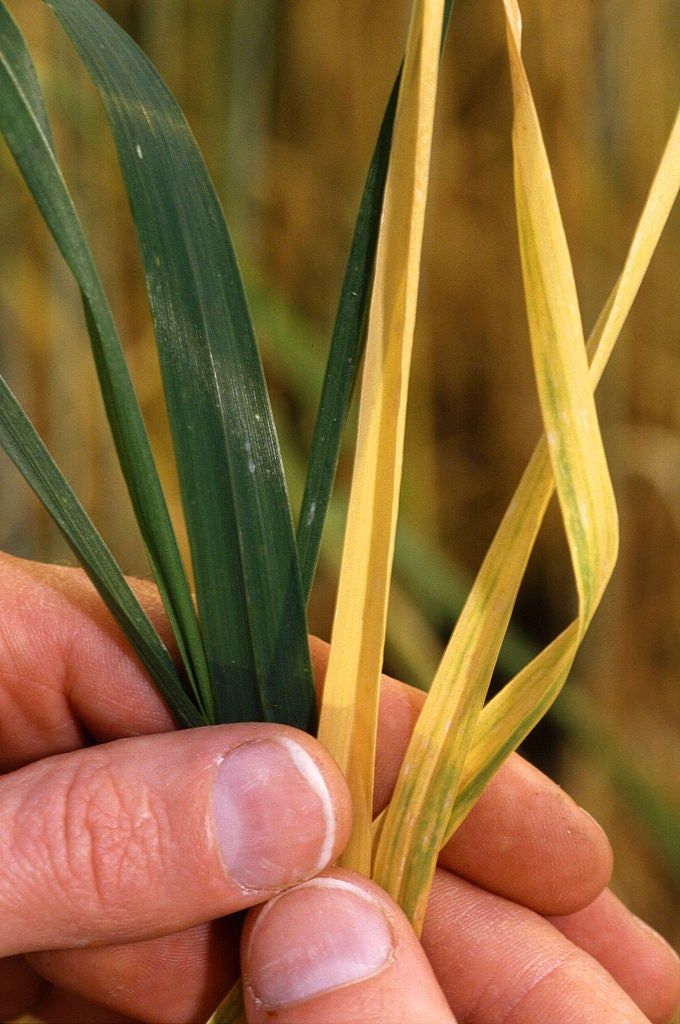

Barley yellow dwarf virus is a destructive viral disease that affects grain plants around the world. In the United States, yellow dwarf virus affects primarily wheat, barley, rice, corn, and oats, often reducing yield by up to 25 percent. Unfortunately, the options for treating barley yellow dwarf are limited, but it’s possible to slow the spread, thus minimizing the damage. Read on to learn about barley yellow dwarf control.
Signs of Yellow Dwarf Virus of Barley Crops
Symptoms of barley yellow dwarf virus vary depending on the crop, but the primary signs of disease are stunted growth and discoloration. Older leaves of wheat plants may turn yellow or red, while corn turns purple, red, or yellow. Diseased rice plants turn orange or yellow, and barley with yellow dwarf becomes a distinctive shade of bright, golden yellow. Yellow dwarf virus of barley can also cause water-soaked areas on the leaves. The disease is often mistaken for mosaic or other plant diseases, and the symptoms often mimic nutritional problems or environmental stress. Stunting may be mild or significant. Kernels may be small or unfilled.
Causes of Barley with Yellow Dwarf
Yellow dwarf virus of barley is spread by certain types of winged aphids. The disease can be localized, or the aphids can travel from field to field with the help of strong wind. Symptoms generally show up a couple of weeks after an aphid infestation. Barley yellow dwarf virus is favored by warm falls followed by mild winters.
Barley Yellow Dwarf Control
There’s not much you can do about treating barley yellow dwarf virus, but the following tips may help: It’s always a good idea to start with disease-resistant seeds, but resistance varies depending on the plant. Keep weeds and wild grasses in check, along with volunteer wheat, barley, or oats. Grassy plants may harbor the virus. Timing is critical. Plant spring cereal crops as early as possible to get ahead of aphid infestations. On the other hand, fall seeding should be delayed until the aphid population declines. Your local cooperative extension is the best source of information regarding optimal planting dates. Insecticides aren’t recommended for control of aphids, and are generally not economical unless the infestation is extremely severe. Although insecticides have proven to be of little use, they will decimate populations of lady beetles and other natural predators, thus allowing aphids to thrive unchallenged. Systemic insecticides may help limit spread if applied when aphids are feeding on the plant. Unfortunately, fungicides have absolutely no effect on barley yellow dwarf virus.
Gardening tips, videos, info and more delivered right to your inbox!
Sign up for the Gardening Know How newsletter today and receive a free copy of our e-book "How to Grow Delicious Tomatoes".

A Credentialed Garden Writer, Mary H. Dyer was with Gardening Know How in the very beginning, publishing articles as early as 2007.
-
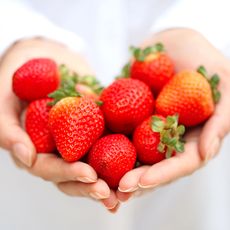 How To Grow Strawberries From A Strawberry: All You Need To Cultivate Yummy Fruits
How To Grow Strawberries From A Strawberry: All You Need To Cultivate Yummy FruitsYou may know how to grow strawberries from small plants or runners – but what about growing from the fruit? Here we show you how to grow strawberries from a strawberry
By Mary Ellen Ellis
-
 Best Tomatoes For Containers: 10 Tastiest Varieties For Plentiful Produce In Compact Areas
Best Tomatoes For Containers: 10 Tastiest Varieties For Plentiful Produce In Compact AreasThese are the best tomatoes for containers that prove you don't need to have a large space or elaborate garden to grow delicious produce.
By Bonnie L. Grant
-
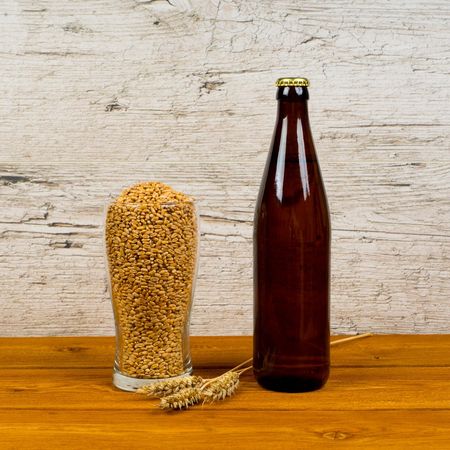 Growing Malted Barley – How To Grow Beer Barley At Home
Growing Malted Barley – How To Grow Beer Barley At HomeToday, there are many beer making kits available, but why not take it a step further by growing your own malted barley. Click on the following article to find out how to grow and harvest malted beer barley from your own backyard.
By Amy Grant
-
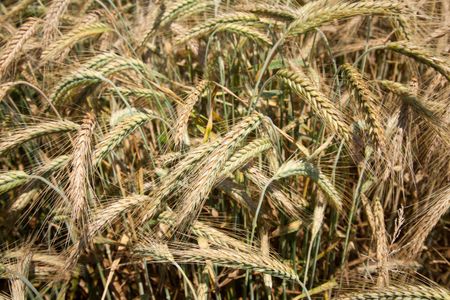 Barley Harvest Tips – How And When To Harvest Barley
Barley Harvest Tips – How And When To Harvest BarleyYou can easily grow a few rows of barley in your backyard garden. The trick to getting a good crop is knowing how and when to harvest barley. Click here for information about how to harvest barley, including tips on the timing of a barley harvest.
By Teo Spengler
-
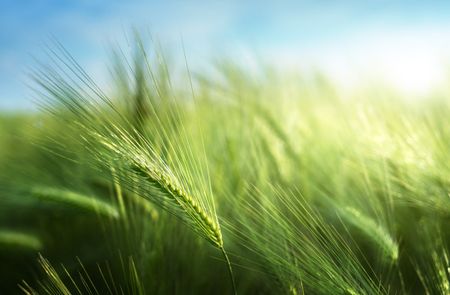 Barley Grain Care Guide: Can You Grow Barley At Home
Barley Grain Care Guide: Can You Grow Barley At HomeCan you grow barley at home? You don't need acres of land to grow barley in the garden, but it may be hard to source small amounts of seed. Even if you are not a beer enthusiast, you can learn how to grow barley for bread, soups and stews. This article can get you started.
By Bonnie L. Grant
-
 Barley Tillering And Heading Information – Learn About Barley Heads And Tillers
Barley Tillering And Heading Information – Learn About Barley Heads And TillersIf you are thinking of growing barley in your home garden, you’ll need to learn about barley tillering and heading. What are barley tillers? What is a barley head? Click on the following article to learn the ins and outs of tillering and heading of barley plants.
By Teo Spengler
-
Barley Basal Glume Blotch – How To Treat Glume Rot On Barley Plants
Basal glume blotch is a disease that can affect cereal grains, including barley, and can cause serious damage to the plant and even kill young seedlings. Click the following article to learn more about recognizing and treating basal glume blotch of barley crops.
By Liz Baessler
-
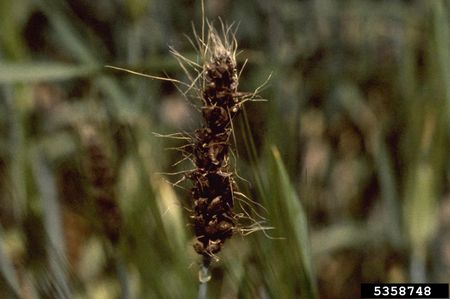 Barley Loose Smut Info: What Is Barley Loose Smut Disease
Barley Loose Smut Info: What Is Barley Loose Smut DiseaseBarley loose smut? It is a seed-borne illness that can occur anywhere barley is grown from untreated seed. The name comes from the loose seed heads produced that are covered in black spores. You don't want this in your field, so click here for more barley loose smut info.
By Bonnie L. Grant
-
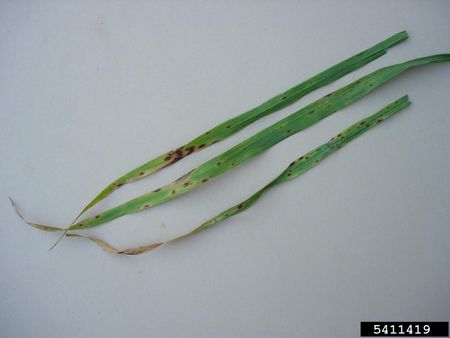 Spot Blotch Of Barley: How To Treat Barley With Spot Blotch Disease
Spot Blotch Of Barley: How To Treat Barley With Spot Blotch DiseaseBarley spot blotch disease can affect any part of the plant at any time. The disease can reduce yield and kill young plants. Click on the following article to learn about the steps to prevent and treat barley spot blotch.
By Bonnie L. Grant
-
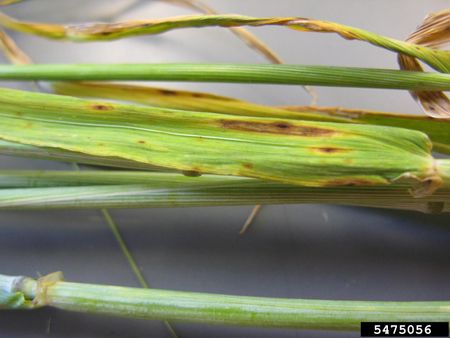 Barley Leaf Blotch Control: Treating Barley Speckled Leaf Blotch
Barley Leaf Blotch Control: Treating Barley Speckled Leaf BlotchBarley speckled leaf blotch is a fungal disease resulting in lower yields. While barley with leaf blotch is not a fatal condition, it opens the crop up to further infections that can decimate the field. Learn about preventing and treating leaf blotch in barley crops here.
By Amy Grant